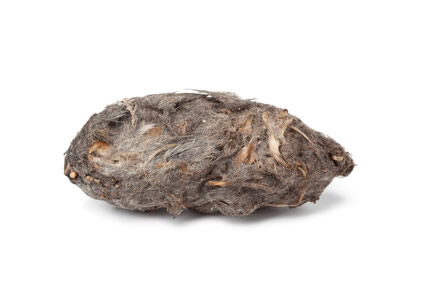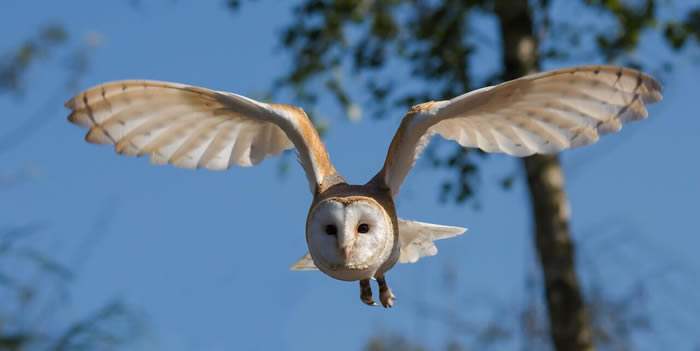Owl Pellets For Sale – The #1 Website for Owl Pellets
Welcome to OwlPelletsForSale.com! Whether you’re looking to buy owl pellets for a dissection project, or if you simply want to learn more about owl pellets, you’ve come to the right place.

Dissecting owl pellets is both fun and educational. It gives you a chance to get away from the textbooks and have a real hands-on science lesson. Whether you’re a student or teacher — or if you’re longer in school — you’re sure to appreciate picking apart these mysterious marvels of nature.
By studying the contents of an owl pellet, you can learn more about the diet habits of the owl, as well as the biology of their prey. Plus, there’s always the excitement of not knowing what’s in the next pellet you are about to dissect. No two owl pellets are exactly the same. Different owls have different diets, resulting in different owl pellet contents.
What Are Owl Pellets?

Owls are carnivorous predators that hunt by sight during the day and by sound at night. After finding and consuming their prey, owls will regurgitate a small pellet-shaped mass. Known as an owl pellet, it contains all the undigested parts of the owl’s meal.
While this may sound unpleasant to some, it’s a natural process that’s actually beneficial to owls. Like other birds of prey, owls may swallow their prey whole, or they may pick it apart into chunks. Regardless, they can’t completely digest all of the animals upon which they prey. They can digest some parts of their prey, but they lack the digestive enzymes needed to break down other parts. Rather than allowing these indigestible parts to harm their bodies, owls cough them up.
This process usually happens about 10 to 15 hours after eating a metal. Most of the owl pellets you will come across are either brown or gray in color, oval in shape, and about 1 to 2 inches long.
The Contents of an Owl Pellet
The mystery of an owl pellet lies in the contents of it. There’s really no telling what you’re going to find, until you start looking, which is where some of the excitement comes from.
Some things most commonly found in owl pellets are:
- Bones – Owl pellets contain mostly bones. Some of the bones you may come across are the skull, jaw, rib, scapula, forelimb, hindlimb, and pelvic bones.
- Fur – There’s a good chance you may come across some fur when dissecting your owl pellet.
- Insect Shells – Owls love to feed on insects, so you may find a wide range of insect shells in your pellets.
- Teeth – Teeth, like bones, are simply not digestible. These must be coughed up by the owl in a pellet.
- Feathers – Owls often feed upon small birds. Feathers in the owl’s pellet are a good indication that the owl has been preying on them.
- Trash – Unfortunately, we as humans have trash everywhere. Sometimes owls will accidentally eat trash, such as aluminum foil wrappers.
By dissecting and exploring the contents of an owl pellet, you’ll be able to tell what type of prey the owl fed upon. Owls typically feed on small rodents, squirrels, mice, chipmunks, birds, rabbits, insects, lizards, and many other small prey.
Students across the world use owl pellets as a fun learning tool. If you’re a teacher who wants to give their students an opportunity to dissect an owl pellet, then go ahead and search our website for owl pellets for sale. You may also want to look for owl pellet kits, as you will need the proper tools to perform a dissection.
Whether you’re a science buff like myself, or someone just looking to dive into a new hobby, you’ll find that dissecting owl pellets can be a fun learning experience. Now, go ahead and get started on your next science adventure using owl pellets!